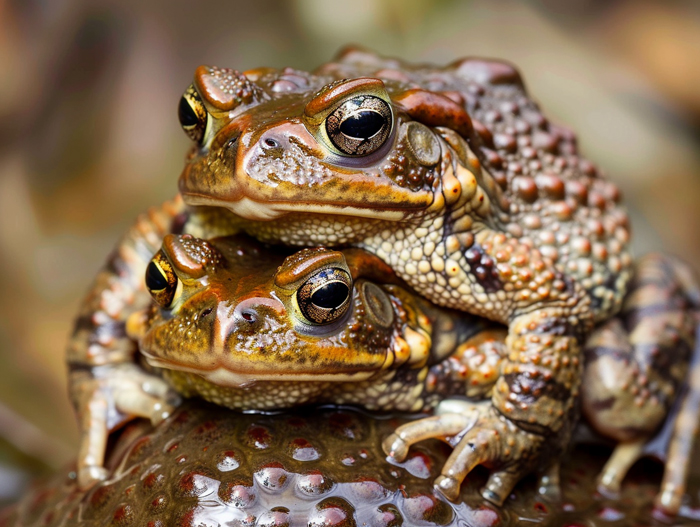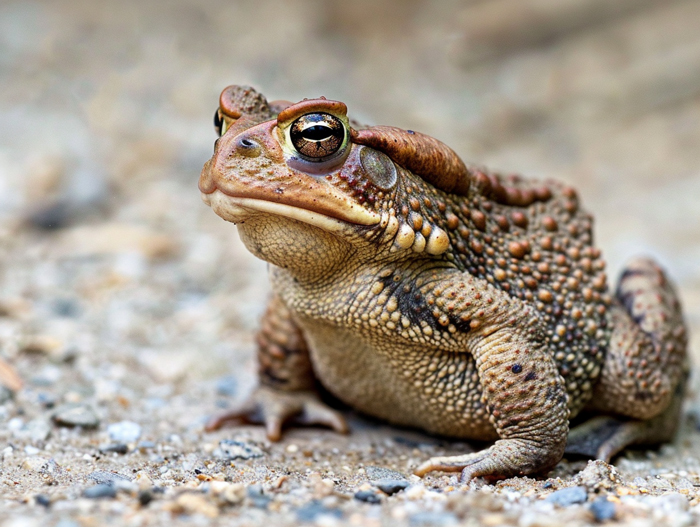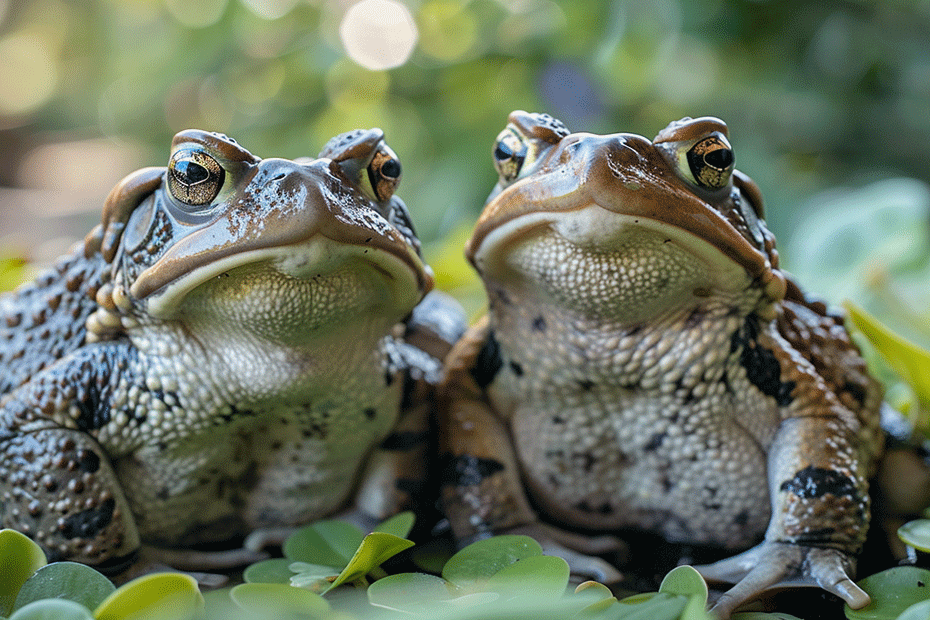Curious about how toads reproduce? It’s a fascinating process that’s worth exploring. Toads have a unique way of continuing their species that might surprise you. From courtship rituals to egg-laying, the journey of toad reproduction is full of interesting insights.
When it comes to toad reproduction, there are specific behaviors and mechanisms at play that ensure the continuation of their lineage. Understanding the intricacies of toad reproduction can provide valuable knowledge about these amphibians’ life cycle. Stay tuned to discover the secrets behind how toads reproduce.
Key Takeaways
- Toads reproduce through external fertilization, with males grasping females in amplexus during mating.
- The female toad lays eggs that are fertilized by the male, leading to the hatching of tadpoles.
- Tadpoles undergo metamorphosis to develop into adult toads, gradually forming features like legs and lungs.
- Toads play a crucial role in ecosystems by controlling insect populations, contributing to nutrient cycling, and supporting biodiversity.
- Habitat loss, pollution, climate change, and invasive species negatively impact toad populations and their reproduction.
- Conservation efforts, such as breeding programs and habitat restoration, are vital to preserve endangered toad populations and ensure their survival.
The Life Cycle of Toads

Toad Reproduction
- Toads reproduce through external fertilization.
- During mating, males grasp females in a position known as amplexus.
- Eggs are laid by the female and fertilized by the male simultaneously.
- Tadpoles hatch from the fertilized eggs.
- They undergo metamorphosis to develop into adult toads.
- Legs, lungs, and other adult features gradually form during this process.
Keep exploring to unravel more about the intriguing area of toad reproduction.
Environmental Impact

Importance of Toads
- Toads play a vital role in ecosystems, controlling insect populations by feeding on pests like beetles, mosquitoes, and flies.
- They contribute to nutrient cycling by consuming insects and returning nutrients to the soil through their waste.
- Toads serve as prey for various animals, supporting the food web and biodiversity in their habitats.
- Their presence indicates a healthy environment, as they are sensitive to changes in ecosystem health.
- Habitat loss due to urbanization and agriculture disrupts breeding habitats and migration patterns.
- Pollution from chemicals and pesticides can harm toads directly or affect their food sources.
- Climate change leads to unpredictable weather patterns, affecting breeding seasons and the survival of tadpoles.
- Invasive species can outcompete native toads for resources, impacting their reproduction and overall population.
Conservation Efforts

Breeding Programs
To preserve endangered toad populations, breeding programs play a crucial role. These programs aim to increase genetic diversity and ensure population sustainability. They involve carefully selecting compatible mates, creating optimal breeding conditions, and monitoring offspring for health and survival.
Key points:
- Genetic diversity is vital for population resilience.
- Pairing toads with compatible mates enhances breeding success.
- Optimal conditions such as temperature and humidity yield higher breeding rates.
- Monitoring offspring aids in understanding reproductive success.
Habitat Restoration

Habitat restoration initiatives are essential for toad conservation. By recreating natural habitats, these efforts provide safe spaces for toads to breed, feed, and thrive. Restoring wetlands and wooded areas can help reestablish toad populations and support ecosystem health.
Key points:
- Recreating natural habitats supports toad breeding and survival.
- Wetlands and forested areas are critical habitats for toads.
- Restoration efforts contribute to ecosystem balance.
- Preserving habitats is key to ensuring toad survival.
Continue reading for more informative details on how toads reproduce.
Conclusion
Breeding programs and habitat restoration play vital roles in safeguarding toad populations. By enhancing genetic diversity, creating optimal breeding conditions, and monitoring offspring, breeding programs contribute to the preservation of endangered toads. Also, habitat restoration initiatives, such as recreating natural habitats like wetlands and wooded areas, provide essential spaces for toads to breed, feed, and thrive. These efforts are crucial for supporting ecosystem health and ensuring the survival of toads in the wild. By understanding how toads reproduce and implementing conservation strategies, we can contribute to the protection of these fascinating amphibians for future generations.

Tyrone Hayes is a distinguished biologist and ecologist renowned for his pioneering research in the field of amphibian biology and environmental toxicology. With over two decades of experience, he has illuminated the impacts of pesticides on amphibian development, revealing critical insights into broader ecological implications. Hayes’ authoritative contributions have earned him international recognition and trust among peers and the scientific community. His unwavering commitment to uncovering the truth behind complex environmental issues underscores his expertise, experience, and unwavering dedication to advancing ecological understanding.
